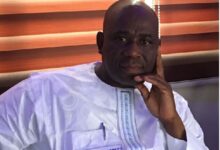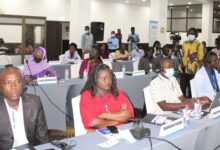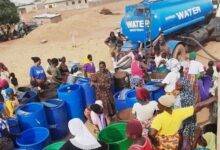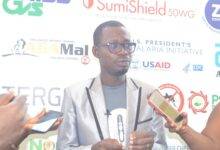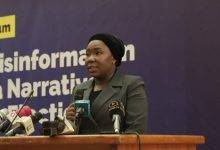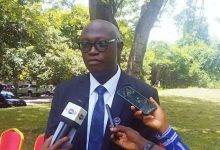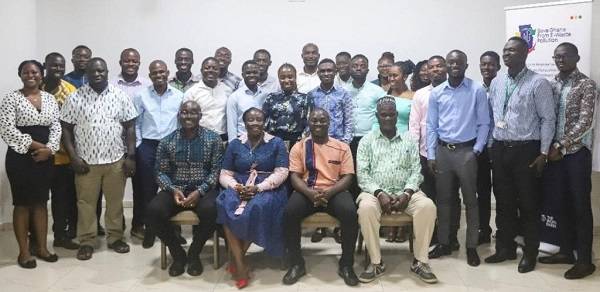
Twenty staff of Environment Protection Agency (EPA) have undergone training in electronic waste management in Accra as part of preparations of the National E-Waste Inventory Project in the country.
The 2-day training programme was aimed at equipping the staff for the enumeration exercise that would commence next month.
Organised by EPA, the enumerators training workshop was part of its activities towards the preparation of the National E-Waste Inventory Project.
It drew staff from the Head office, Accra West, East and Kasoa office.
At the opening ceremony, Project Coordinator for the African Environmental Health and Pollution Management Programme, Mr Larry Kotoe, said the National E-Waste Inventory, primarily sought to establish the actual volumes of e-waste in the country.
He explained that the inventory would inform policy interventions and business promotion within the e-waste value chain and the appropriate treatment options.
On the rationale for the training, Mr Kotoe said the training was to build the capacity of the staff for the enumeration exercise and to facilitate future updates of the e-waste inventory.
He disclosed that similar training workshops had been held for selected staff and potential field officers in the other regions of the country.
“The enumeration exercise is planned to commence in October and the public should expect the enumerators in their houses, offices, and institutions to collect data on electrical and electronic equipment and their associated waste to help with the compilation of the inventory,” he noted.
The Former Executive Director of EPA, Mr John Pwamang, urged the participants to take full advantage of the training to learn as much to enhance their capacity for an effective enumeration exercise.
He noted that, the data needed for the inventory would be collected electronically using tablets and mobile phones.
The participants were taken through the various electronic and electrical equipment waste categories, the sampling framework, content of the questionnaire and related procedures.
BY CECILIA LAGBA YADA

